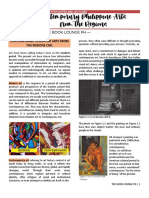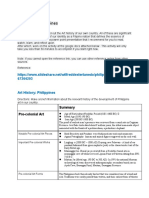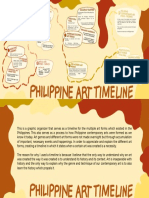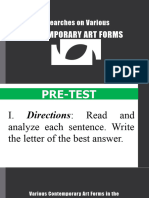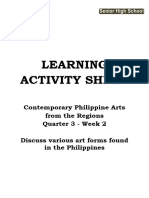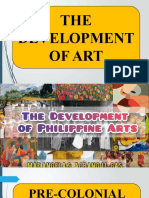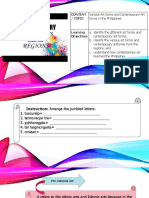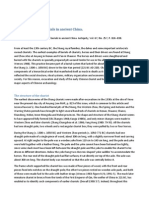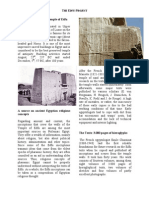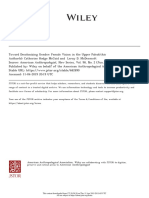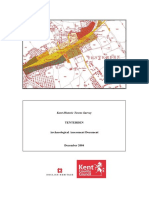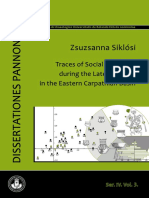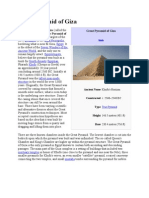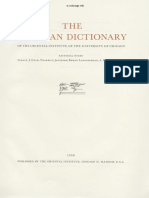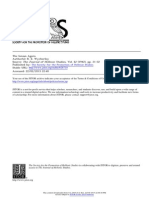0% found this document useful (0 votes)
14 views31 pagesResearches On Various Contemporary Art Forms
The document outlines the timeline of Philippine art from the Pre-Colonial period to contemporary times, highlighting significant artifacts and art forms such as the Agono Petroglyphs and various burial jars. It discusses the evolution of art styles during the Spanish and American colonial periods, as well as the emergence of postmodern and contemporary art influenced by technology. Additionally, it classifies art forms into performing arts, visual arts, and sculptural arts based on audience interaction.
Uploaded by
Rechel TayreCopyright
© © All Rights Reserved
We take content rights seriously. If you suspect this is your content, claim it here.
Available Formats
Download as PPTX, PDF, TXT or read online on Scribd
0% found this document useful (0 votes)
14 views31 pagesResearches On Various Contemporary Art Forms
The document outlines the timeline of Philippine art from the Pre-Colonial period to contemporary times, highlighting significant artifacts and art forms such as the Agono Petroglyphs and various burial jars. It discusses the evolution of art styles during the Spanish and American colonial periods, as well as the emergence of postmodern and contemporary art influenced by technology. Additionally, it classifies art forms into performing arts, visual arts, and sculptural arts based on audience interaction.
Uploaded by
Rechel TayreCopyright
© © All Rights Reserved
We take content rights seriously. If you suspect this is your content, claim it here.
Available Formats
Download as PPTX, PDF, TXT or read online on Scribd
/ 31
















